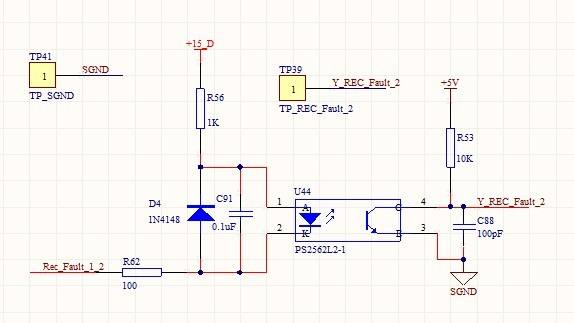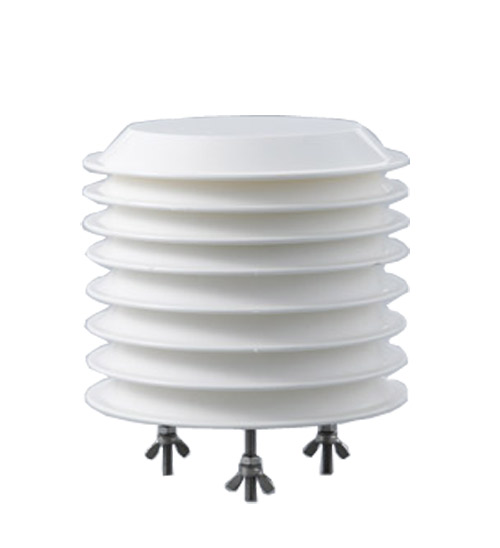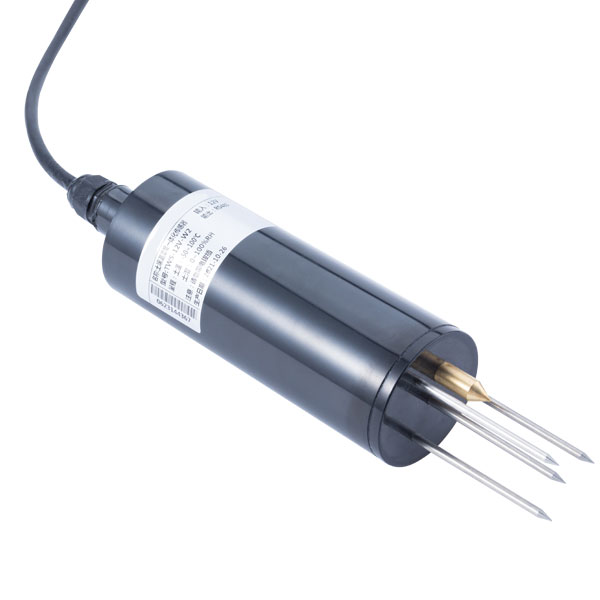

— Blogs —
—Products—
 Consumer hotline +8618073152920
Consumer hotline +8618073152920 WhatsApp:+8615367865107
Address:Room 102, District D, Houhu Industrial Park, Yuelu District, Changsha City, Hunan Province, China
Product knowledge
Time:2021-12-05 19:48:55 Popularity:1864
Principle and application of surge protector and photoelectric isolation
Principle of surge protector
Surge protector, also called lightning protector, is an electronic device that provides safety protection for various electronic equipment, instruments, and communication lines. When a spike current or voltage is suddenly generated in the electrical circuit or communication circuit due to external interference, the surge protector can conduct and shunt in a very short time, so as to prevent the surge from damaging other equipment in the circuit.
Surge protector, suitable for AC 50/60HZ, rated voltage 220V/380V power supply system, to protect indirect lightning and direct lightning influence or other transient overvoltage surges, suitable for households, tertiary industry and industry Field surge protection requirements.
Advantages of surge protectors:
1. The protection flow is large, the residual pressure is extremely low, and the response time is fast;
2. Adopt the latest arc extinguishing technology to completely avoid fire;
3. Adopt temperature control protection circuit, built-in thermal protection;
4. With power status indication, indicating the working status of the surge protector;
5. Rigorous structure, stable and reliable work.
Principle of Opto-Isolator
Photoelectric isolator is also called optocoupler, optocoupler, or optocoupler for short. Optical couplers use light as a medium to transmit electrical signals. It has a good isolation effect on input and output electrical signals, so it is widely used in various circuits.

The optical coupler generally consists of three parts: light emission, light reception and signal amplification. The input electrical signal drives the light-emitting diode (LED) to emit a certain wavelength of light, which is received by the photodetector to generate a photocurrent, which is then further amplified and output. This completes the electrical-optical-electrical conversion, thereby playing the role of input, output, and isolation. Since the input and output of the optocoupler are isolated from each other, and the electrical signal transmission is unidirectional, it has good electrical insulation and anti-interference capabilities. In addition, since the input end of the optocoupler is a current-type low-impedance element, it has a strong common-mode rejection capability. Therefore, it can greatly improve the signal-to-noise ratio as a terminal isolation element in long-term transmission of information. As a signal isolation interface device in computer digital communication and real-time control, it can greatly increase the reliability of computer work.
The main advantages of optocouplers are: signal one-way transmission, the input end and the output end are completely electrically isolated, the output signal has no effect on the input end, strong anti-interference ability, stable operation, no contact, long service life, and transmission efficiency high. Optocouplers are new devices developed in the 1970s and are now widely used in electrical insulation, level conversion, inter-stage coupling, drive circuits, switching circuits, choppers, multivibrators, signal isolation, inter-stage isolation, Pulse amplifier circuit, digital instrument, long-distance signal transmission, pulse amplifier, solid state relay (SSR), instrumentation, communication equipment and microcomputer interface. In a single-chip switching power supply, a linear optocoupler can be used to form an optocoupler feedback circuit, and the duty cycle can be changed by adjusting the control terminal current to achieve the purpose of precise voltage stabilization.
The industrial-grade product DTU module of the Internet of Things. The serial port server has surge protection and photoelectric isolation functions. The surge protection is to discharge the surge current to the ground, which requires a good grounding of the environment. Photoelectric isolation is to isolate surge currents through optical signals, and does not need to be grounded. Both can achieve the effect of protecting the serial port. If the surge comes from outdoors, it is recommended to use surge protection. If it comes from ground potential, large equipment interference, static electricity, etc., serial opto-isolators have always been an economical serial port protection solution, and optoelectronic isolators are recommended.
Sensors & Weather Stations Catalog
Agriculture Sensors and Weather Stations Catalog-NiuBoL.pdf
Weather Stations Catalog-NiuBoL.pdf
Related recommendations
Related products
 Atmospheric Temperature Humidity Pr···
Atmospheric Temperature Humidity Pr··· Soil Temperature Moisture Sensor 4-···
Soil Temperature Moisture Sensor 4-··· Air temperature, humidity and atmos···
Air temperature, humidity and atmos···
Screenshot, WhatsApp to identify the QR code
WhatsApp number:+8615367865107
(Click on WhatsApp to copy and add friends)